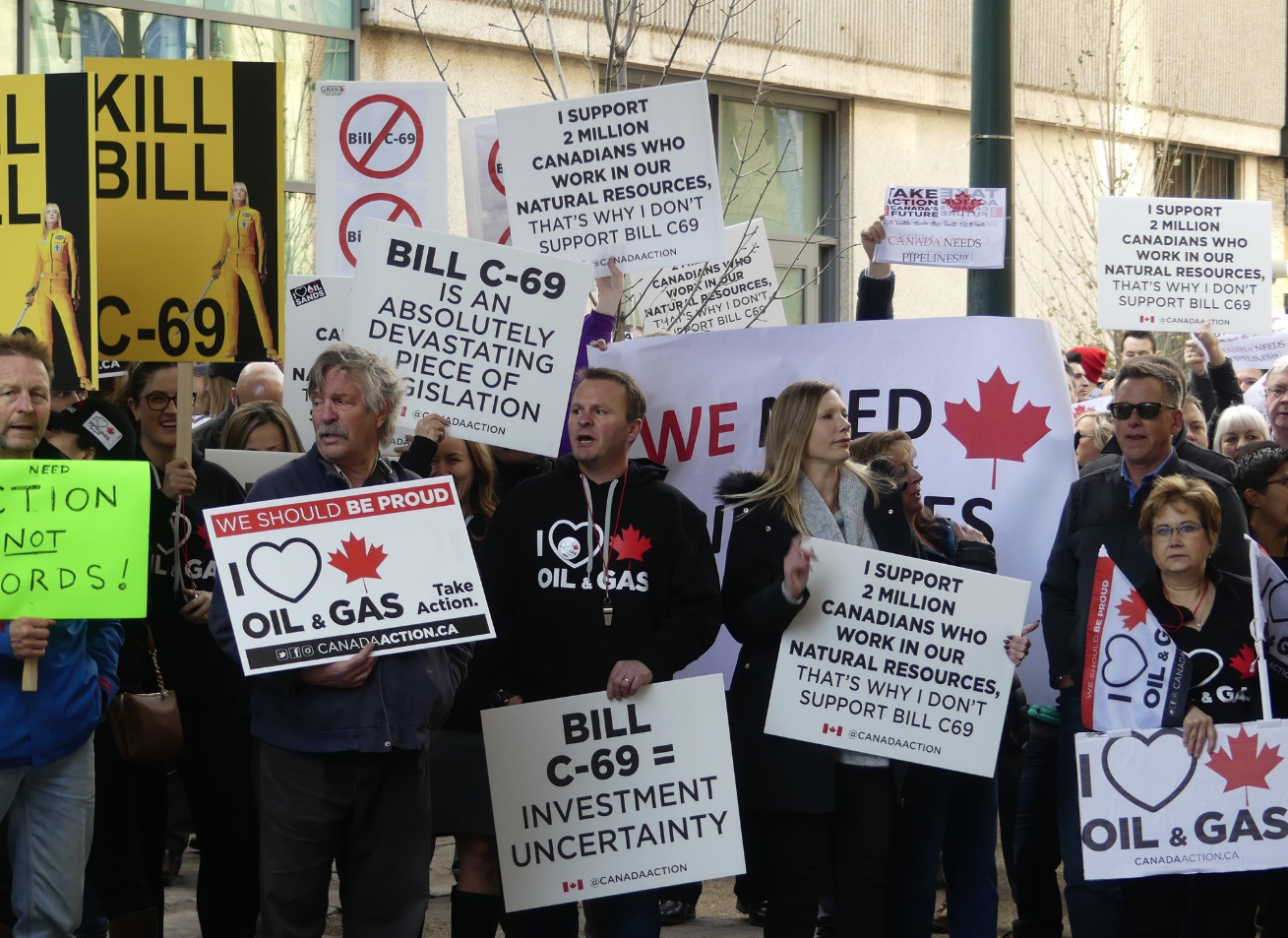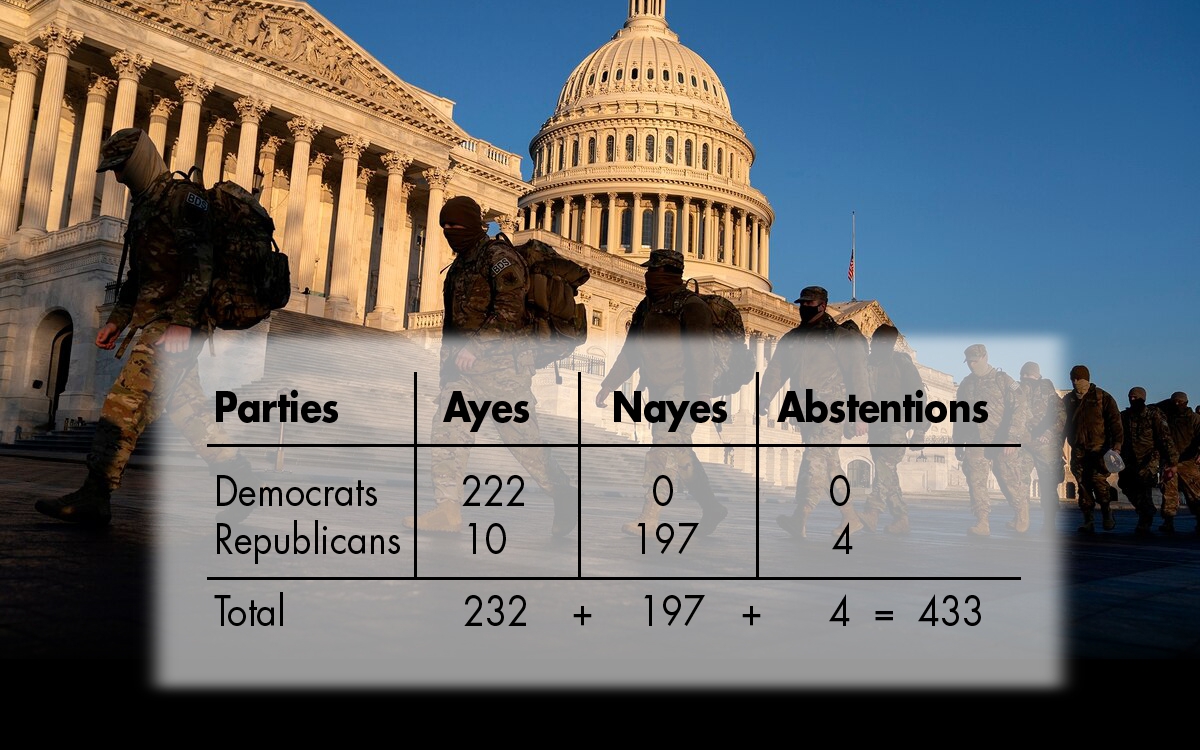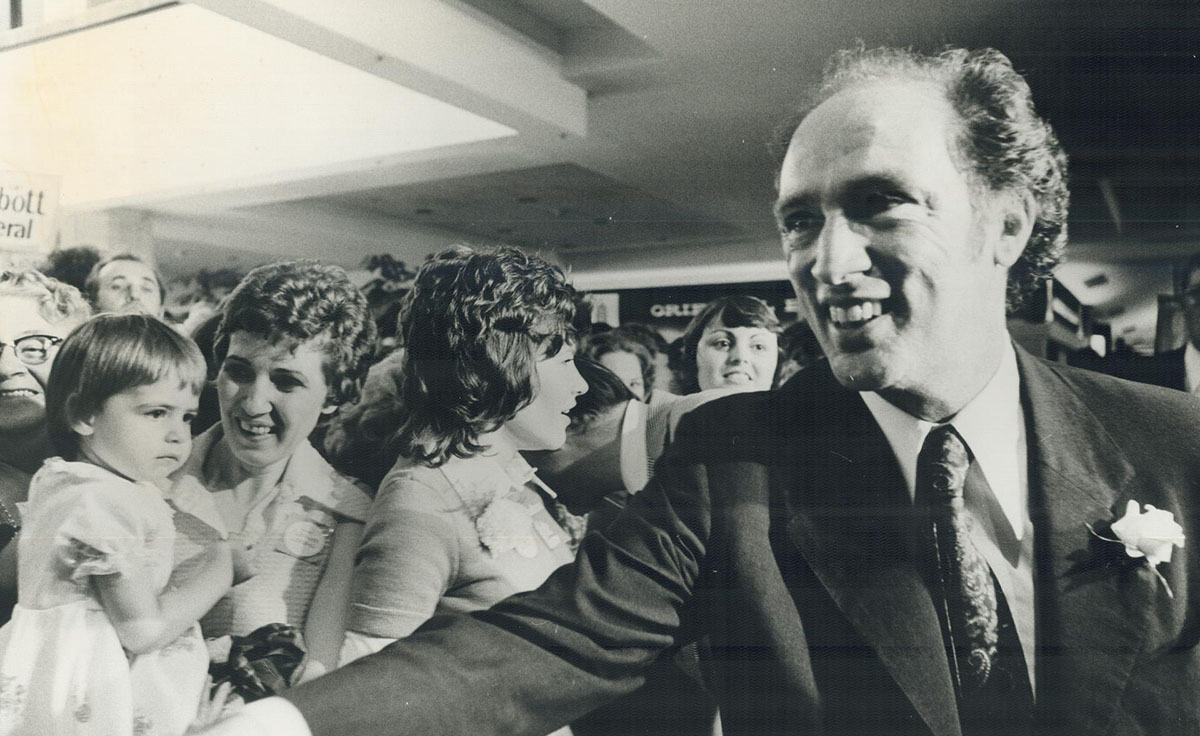
Israeli-Palestinian Prognostications
by Howard Adelman
This paper is written in three parts. Each is simply a syntheses of conclusions and differences over the analysis of the conflict, surprisingly revealing a broad consensus
In this three-part series, I originally intended to wrap up my collection of givens and trends with possible alternative choices or prospects for the future. But that became too complicated. It is said that only a fool will speculate on the future. I found it clearer to play the fool and project the relationship of Israelis and Palestinians in that future. When in the future? Far enough away that it is not worth challenging the picture drawn, but near enough to see the portrait as a possible extension of what is and some positive trends underway so that I am not seen as engaging in science fiction. I have asked myself one question: what do I expect the Israeli-Palestinian situation to look like when Israel is about to celebrate a century of being a state? Below, please find my answer.
- Israelis, Palestinians and Bedouin, the main “ethnic” groups in the territory, will remain warm and very hospitable peoples.
- Their state of belligerency will have ended.
- Further, the sense of either existential or territorial threat to either Israel or Palestine will have dissolved as a major influential factor in establishing relations.
- Final status issues on certain topics will not have been resolved formally.
- Palestine will have come a long way in overcoming the vast economic gap between its citizens and those of Israel; in concrete terms, Palestine will have grown at the fastest rate of any country on earth in the previous two decades.
- There will be four independent states in the original territory that Britain administered immediately after WWI = Gaza, Israel, Jordan and Palestine.
- All four states will be democratic, but not one will come close to being a perfect democracy.
- Most important, what created a context for the significant diminution of violence was NOT agreement on divisive issues, but agreement on not permitting disagreements on divisive issue to spiral down into violence.
- This was backed by a complementary process of gradually building cross-cultural institutions to strengthen the system for allowing all the people to have a voice in the selection of their leaders AND for strengthening the institutions ensuring that leaders were accountable to the people.
- Though political culture and political participation will have become democratic not only in Palestine but in Gaza, there will still be serious problems with civil liberties, pluralism and even the functioning of the government in accord with democratic norms, especially in Gaza.
- Gaza will have a population of three million, virtually all Palestinian, and will occupy the same territory it has now and, therefore, will approach Singapore and even more so, Hong Kong, in population density, but still one-third that of Monaco and Macao.
- Israel will have a population of twelve million, 77% Jews, 2% Bedouin, 20% Palestinian and 1% other.
- Israel will include what is now Israel, Greater Jerusalem, the Golan Heights, approximately 60% of current Area C, less an equivalent area ceded to the Palestinian state from the Negev and Galilee.
- A majority of Palestinians in East Jerusalem will have acquired Israeli citizenship.
- Palestine will have a population of 3,500,000 of whom 50,000 will be Jews and 50,000 Bedouin.
- Jordan will occupy the same area as it has now with a population of twelve million, 7.2 million of whom will be Palestinian and 4.8 million of Bedouin descent.
- Israel, Palestine, and Gaza will not have concluded a peace treaty; instead, they will have concluded a series of separate agreements covering different issues.
- There will be a plethora of civil society institutions linking Bedouin, Jews and Palestinians in cooperative efforts to guarantee due process in fairness of decision-making rather than a primary focus on the substance of decisions.
- The one area of dispute, that over territory to be divided between Palestine and Israel, will not have been decided by treaty.
- Palestine will not accede formally to Israel’s retention of Greater Jerusalem.
- The boundary demarcation between Palestine (West Bank) and Israel will be decided by a series of de facto agreements on the ground covering different stretches of the border.
- There will be totally free movement of people in the areas of the four states to live and/or work.
- The presence of checkpoints anywhere, except the external borders, will have been eliminated.
- Each state will have its own legislative, executive and judicial system.
- With the exception of Israel, the official language will be Arabic; for Israel, it will be Hebrew. For common administrative matters to all four countries, the lingua franca will be English.
- There will be a system to apply to change citizenship covering all four states to be used overwhelmingly for family unification.
- Many states, including the U.S. and the EU, will maintain embassies in all four states.
- Many states will have only one embassy located in East Jerusalem and engaging in diplomatic relations with all four political entities.
- All four states will share in a common fresh-water production and distribution system, the costs of which will be covered by users.
- All four states will share an energy production grid, overwhelmingly relying on solar energy, the costs of which will be borne by users.
- All four states will share in an electronic communications system with access to different retail providers.
- There will be several competing high-speed internet service providers covering the territory of all four states.
- There will be a free trade zone in goods and services among all four states.
- There will be an overarching authority for ensuring school texts do not contain hate or discriminatory material.
- There will be an overarching authority for promoting tourism to the area.
- There will be an overarching authority to encourage innovation and technological development.
- Religious extremism will remain a problem primarily in Gaza and Israel.
- The whole of the fertile crescent, including Gaza, Israel, Jordan and Palestine as well as Egypt, Lebanon and Saudi Arabia, will become the winter holiday destination for sun-starved northern Europeans, much as the Caribbean serves that purpose for northern, eastern and central North Americans.
This is not a utopian picture. It is the result when process trumps substance in decision-making, with the corollary that problems that remain intractable are held in abeyance until all sides become committed first to eliminating obstacles to a solution, including mindblindness, and enhancing proposals for positive sum solutions.
There is where: how we get there is where the process is leading.








